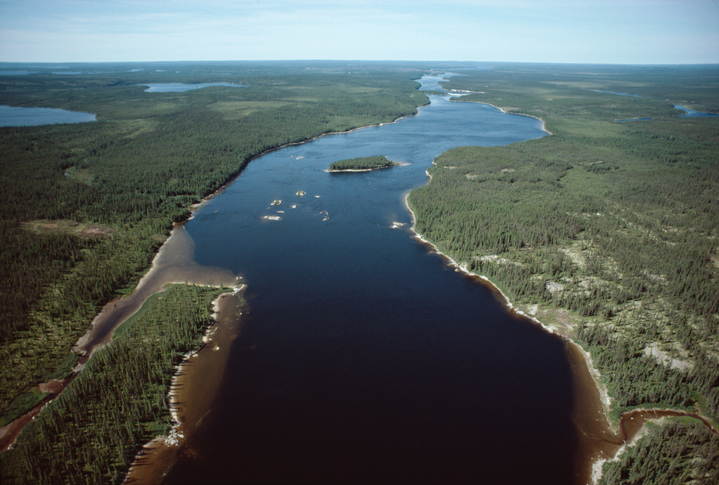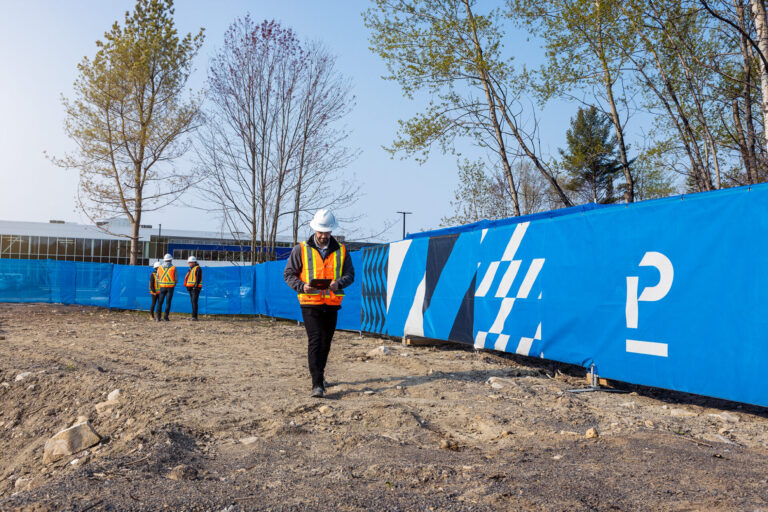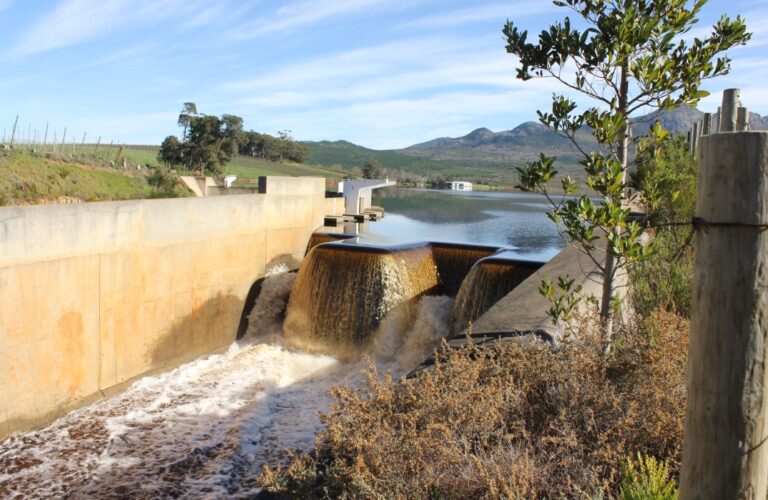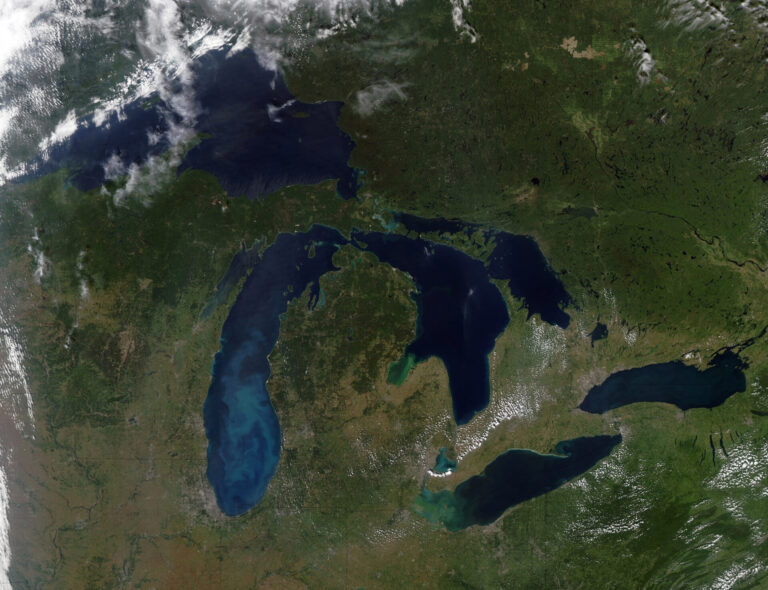Something monumental just happened on Lake Ontario, and I want my colleagues around the world to know about it.
Today, Utilities Kingston unveiled a real-time sewage overflow monitoring and notification website. It is a great system designed to show the location of outflow pipes and report when they are discharging sewage. The system helps give important information to users while educating the public about the problems with combined sewage outflows.
Some may wonder why I would celebrate over a reporting system that tells us about sewage discharges — isn’t sewage the problem? It’s important to remember that for decades this information has been hard to find. Without it, the public and their elected representatives have been poorly informed about the problem or need for resources to protect swimmable drinkable fishable water.
With this investment, Kingston, Ont. has leapt ahead of everyone in the province, maybe the entire country. For years—after much pressure from groups like the Canadian Environmental Law Association and Lake Ontario Waterkeeper—Kingston was alone in reporting sewage bypasses on its website. This alone was unique. But now to include wet weather overflows from sewage mixed with stormwater and publicize real-time results and locations makes the whole reporting process complete.
Toronto has a different story. For years many groups have been trying to get transparency from Toronto.
After the megastorm in July 2013, I estimated that a billion litres of sewage was released. Instead of informing the public of a possible health risk, the city challenged my estimate.
We filed a freedom of information request. The data arrived in October, long after it was useful to public or relevant to the news cycle. The evidence showed that, in fact, the city knew exactly how much sewage was released: 1.2 billion litres.
We asked, through the Environmental Bill of Rights for the Minister of the Environment, to order the city to make sewage bypasses public. They agreed and asked the city to extend notification to wet weather overflows.
It has been almost two years since the Ministry of the Environment and Climate Change’s decision and we still don’t have a good public notification system provided by the City of Toronto. In fact, Lake Ontario Waterkeeper are the only ones sampling the harbour over past year and sharing results with the public.
Recently, in an interview with CBC’s Matt Galloway, he told me that city officials had provided a statement to CBC explaining only that the issue was “complicated.”
We don’t think it’s complicated to locate pipes and report leaks. We think it’s time to use Kingston as an example and make it happen in Canada’s largest city, Toronto.
Every city should follow Kingston’s lead not only on Lake Ontario but across Canada, the US and everywhere we work for swimmable, drinkable, fishable future.
Swim Guide’s success proves that millions of people want better information about when pollution is released into their waterways. Kingston is meeting that need with its new reporting system. The “Know Before You Go” system will protect health and strengthen residents’ connection to the lake. It will help the city prosper. Every community deserves the same.










